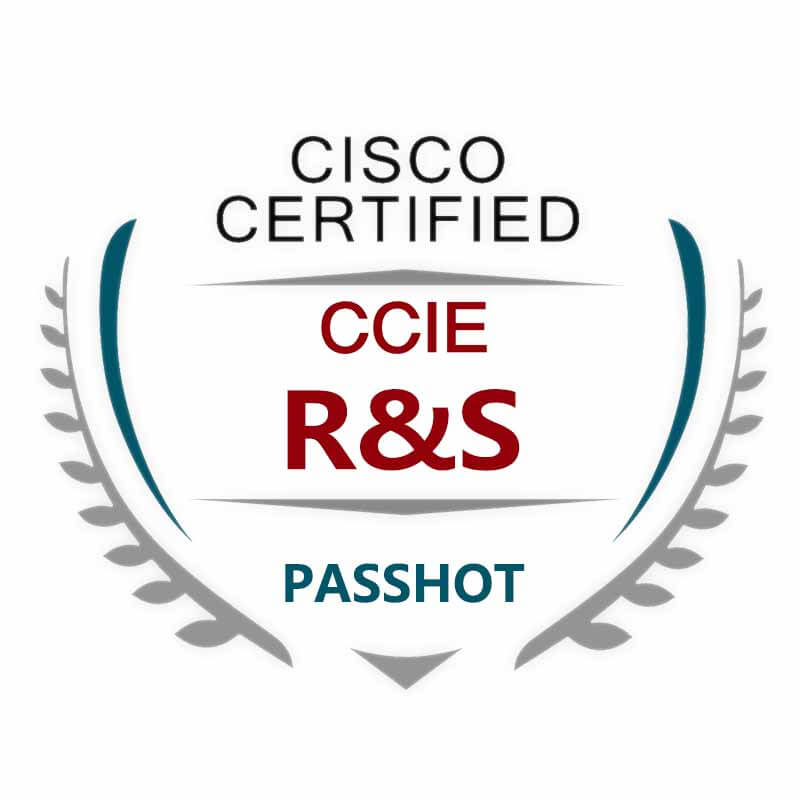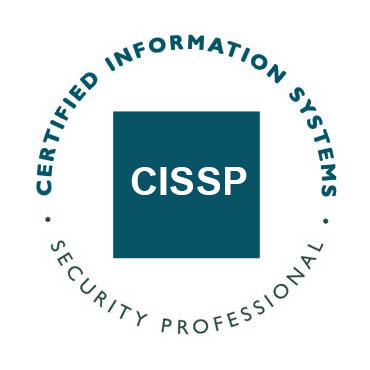100% Pass Cisco, PMP, CISA, CISM, AWS Dumps on SALE!
Get Now
01:59:56
X
How to understand the difference between Layer 3 switching and routers
I have learned network technology for a long time, but what is the difference between a Layer 3 switch and a router? Many people will still be confused. So what is the difference between them, we need to understand it carefully.
The simplest working principle of Layer 2 switches is to perform data forwarding operations based on the MAC address table. There are four basic functions: learning, forwarding, broadcasting and updating.
When a data frame is received, the switch will store the mapping relationship between the source MAC address of the data frame and the corresponding port number in the MAC address table for subsequent data forwarding.
However, in this line of data forwarding, the target MAC address is used, and the MAC address table is queried. If the MAC address table has a corresponding mapping relationship, the data frame will be unicast forwarded. If there is no corresponding mapping relationship, a generalization will be performed. flood. Another very important feature is that if an entry is not used in the MAC address table for more than 300 seconds, the corresponding mapping relationship will be deleted, which is the update operation of the switch.
The router forwards data according to the routing table. If there is no corresponding entry in the routing table, the router will directly discard the data packet. A three-layer switch is a switch with part of the router function and works at the network layer. The most important purpose is to speed up data exchange within a large LAN. The routing function it has is also to serve this purpose. It can be routed once and forwarded many times.
Layer 3 switches and routers also have routing functions, but this is only a function, just as many network devices now have the same functions as traditional network devices. For example, a router not only has the routing function, but also has the functions of a switch port and a hardware firewall, but in fact it is not a switch or firewall. Its main function is still routing. The other is just its new additional capabilities. The reason is that we can pay a smaller price and have more complete functions.
The Layer 3 switch is still a switch, but a switch with basic routing functions. It is still responsible for data exchange and has as many interfaces as before. However, the router only has the main function of routing and forwarding, and does not have the function of a switch.
From the forwarding level, there is a big difference in data forwarding operations between routers and Layer 3 switches. Routers generally perform forwarding based on software plus hardware, while Layer 3 switches perform data forwarding through hardware.
After the Layer 3 switch routes a data flow, it will generate a MAC address and IP address mapping table. When the same data flow passes again, it will pass through the second layer directly according to this table instead of routing again. Reduce network delay and improve the efficiency of data packet forwarding. The router's forwarding adopts the longest matching method, which is complicated to implement, and is usually implemented by software, and the forwarding efficiency is low.
In terms of overall performance, the performance of Layer 3 switches is much better than that of routers, which is very suitable for LANs where data exchange is frequent. Although the router has powerful routing functions, its data packet forwarding efficiency is lower than that of a three-layer switch, and it is more suitable for the interconnection of different types of networks where data exchange is not frequent.
The routing function of the three-layer switch and router are relatively simple, because what it does is mainly a simple LAN connection. Because of this, the routing function of a Layer 3 switch is usually relatively simple, and the routing path is far less complicated than that of a router. Its main function in the local area network is to provide fast data exchange function to meet the application characteristics of frequent data exchange and large traffic in the local area network.
The router is different. It was originally designed to meet multiple types of network connections. Although it can be used for connections between LANs, its routing function is more reflected in the interconnection between different types of networks, such as multiple networks. Protocol, different network types, etc. Solving the connection of various complex routing path networks is its essence, so the routing function is very powerful. Its advantage lies in the functions of routers such as selecting the best route, load sharing, link backup and exchange of routing information with other networks.
There are still very big essential differences between Layer 3 switches and routers. Layer 3 switches cannot completely replace routers. The rich interface types, good traffic service level control, and powerful routing capabilities possessed by routers are still weak links of Layer 3 switches. In summary, if multiple subnets are connected in a local area network, it is best to use a three-layer switch, especially in an environment where data exchanges between different subnets are frequent.
On the one hand, it can ensure communication performance requirements, and on the other hand, it saves the investment of purchasing a separate layer 2 switch. It is best to determine according to the actual needs of your own network.
The above is the news sharing from the PASSHOT. I hope it can be inspired you. If you think today' s content is not too bad, you are welcome to share it with other friends. There are more latest Linux dumps, CCNA 200-301 dumps, CCNP Written dumps and CCIE Written dumps waiting for you.
Cisco Dumps Popular Search:
31 days before ccna 200-301 ccie service provider cisco press ccna guide pdf download what ccna exam to take ccna book pdf free ccie data center written exam fee how to use ccna dumps ccna pdf file download ccnp 300-135 cost ccna module 14-15 exam answers
Copyright © 2025 PASSHOT All rights reserved.






